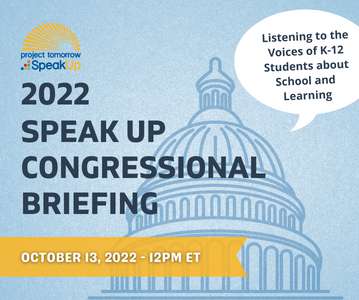4 Awesome edtech solutions for making students fall in love with reading
Neo LMS
OCTOBER 29, 2020
Americans spend an average of 17 minutes per day reading for personal interest; in 2003, the average reading time was 22 minutes. Less than 53% of American adults read at least one book for pleasure in 2019. Technology might come in handy in this case. 4 Awesome edtech solutions for making students fall in love with reading.




















Let's personalize your content